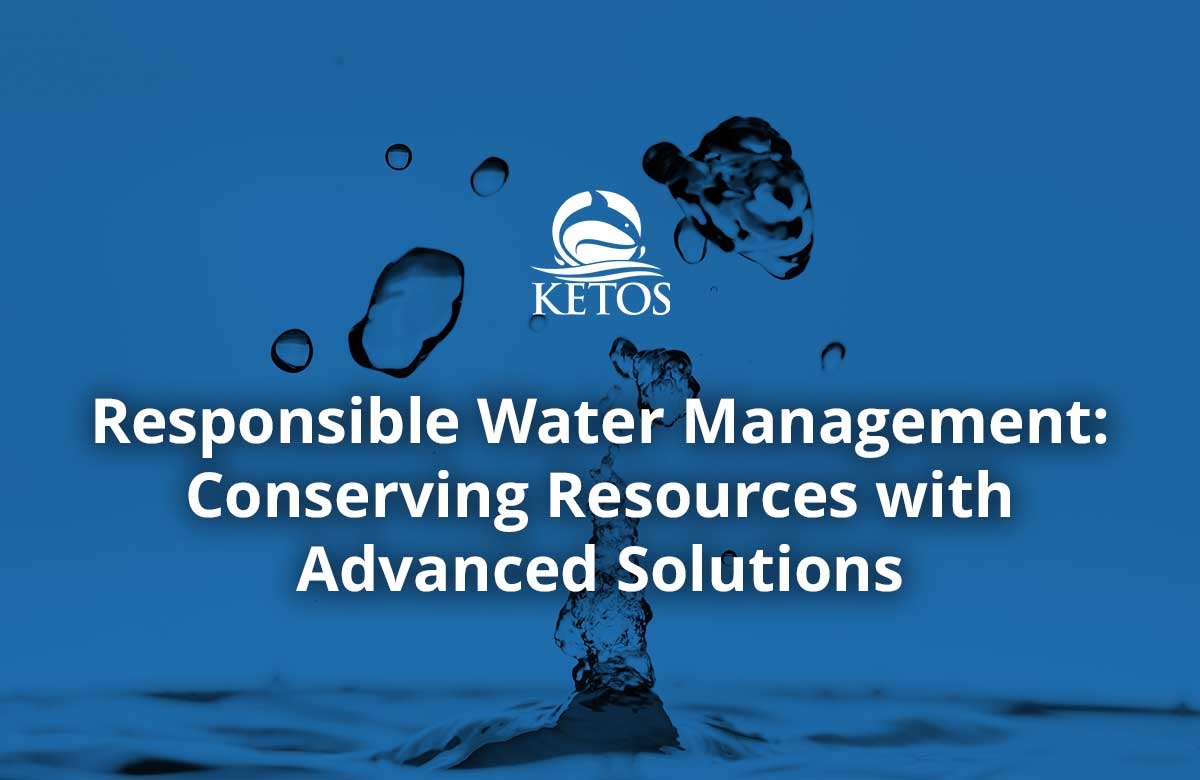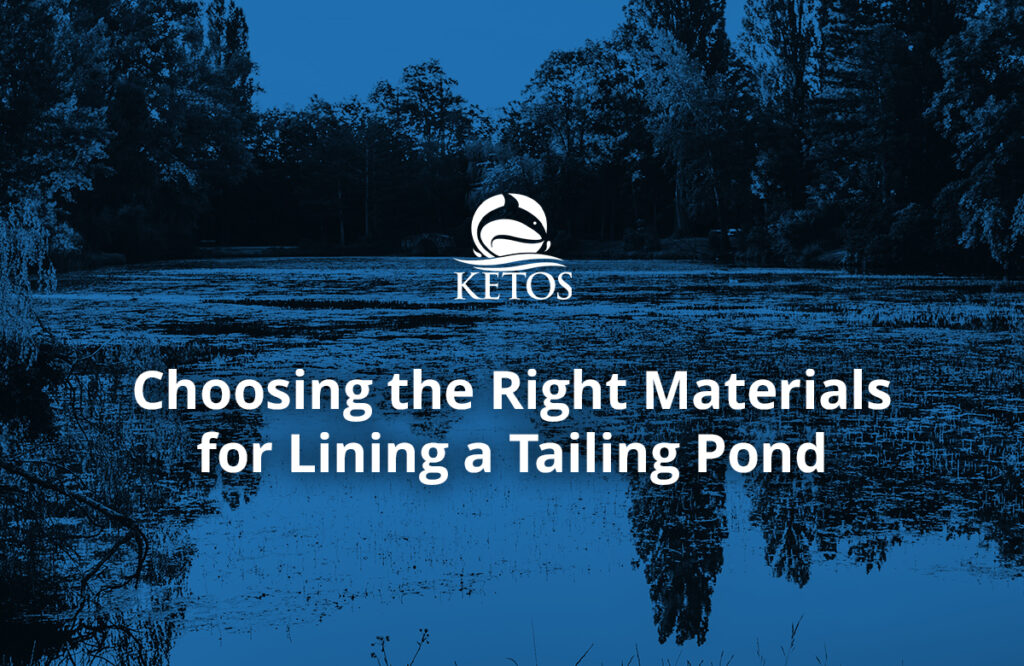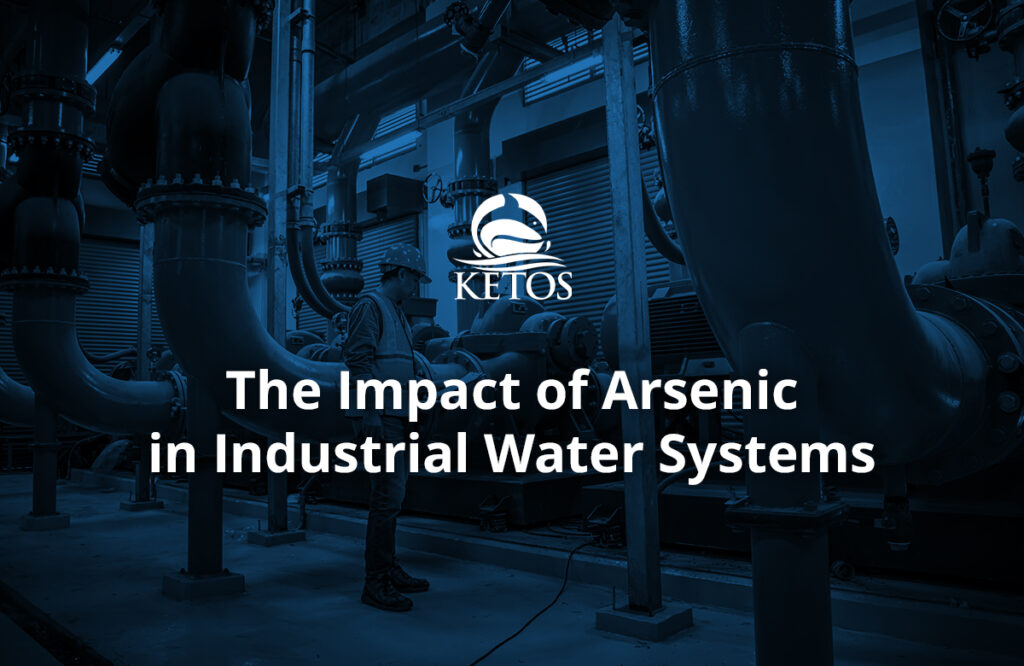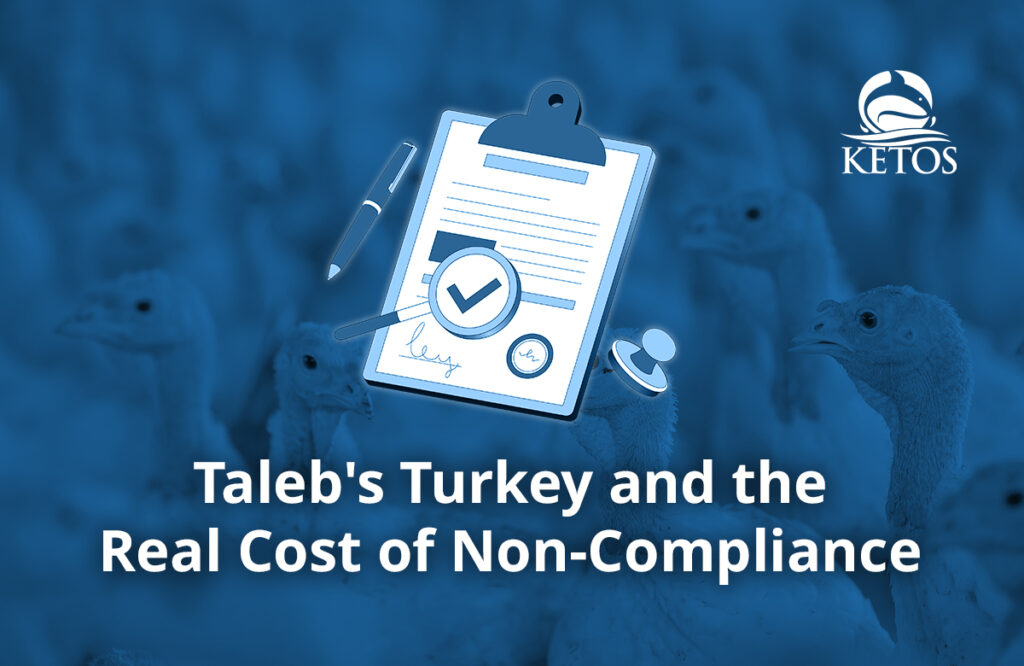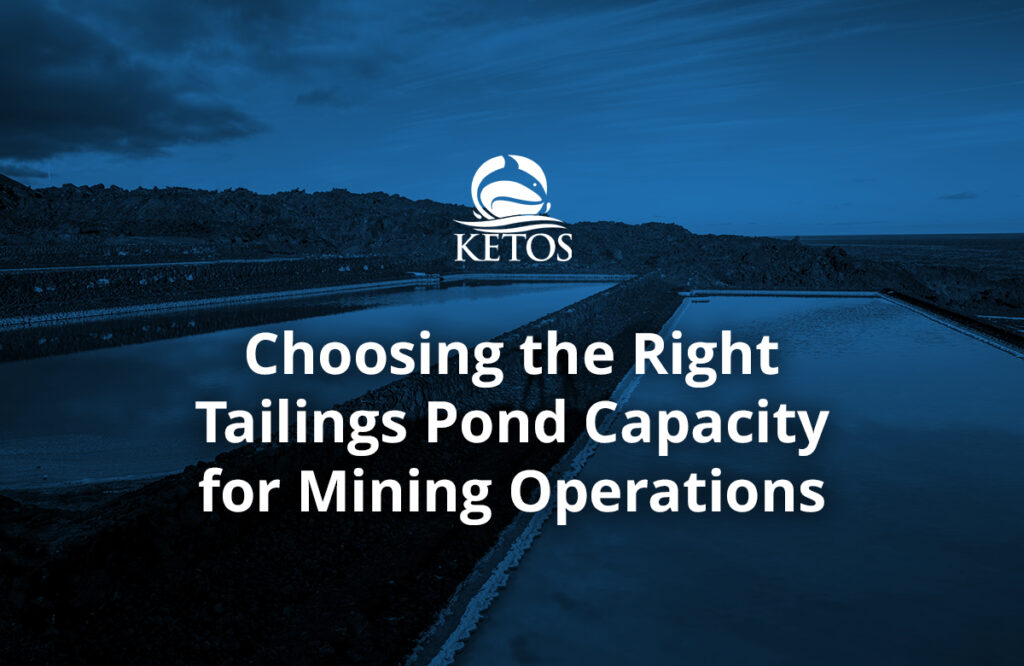Mining consumes massive amounts of water, yet many operations are in highly water-stressed regions. Contamination, depletion, and regulatory violations can disrupt operations without proper management. Advanced water monitoring solutions for mining are now essential for mining companies to maintain sustainability and compliance.
Water-intensive processes like lithium, cobalt, and graphite extraction are straining local supplies. In Chile’s Salar de Atacama, lithium mining depletes 65% of the region’s water, while cobalt mining in the DRC and graphite extraction in China have led to widespread pollution. A recent analysis on water risks in mining warns that poor management worsens these challenges, making real-time monitoring and automated treatment critical for the industry’s future.
Managing Water Challenges in Mining
Effective water management is essential to the mining industry, as improper handling can lead to environmental damage, operational disruptions, and regulatory penalties. Mines must address water-related risks that impact sustainability, safety, and efficiency. These challenges fall into three main categories:
1. Water Demand and Supply
Mining requires vast amounts of water for ore processing, cooling, dust suppression, and transport, but excessive water use can strain local resources. Open-pit mining and fracking, in particular, consume significant water volumes, raising concerns about depletion and competing demands from surrounding communities. Extracting and moving water within mining operations is also highly energy-intensive, contributing to higher operational costs and carbon emissions.
Additionally, longer-term water remediation efforts remain necessary even after mine closure, making sustainable water management a growing priority. To mitigate these issues, companies are embracing:
- Closed-loop water recycling to reuse treated water.
- Dry processing techniques to reduce overall consumption.
- Energy-efficient pumping and transport methods to minimize carbon footprints.
2. Contaminated Water Discharge
Effluent from mining often contains heavy metals, sulfates, and chemical residues, which can harm ecosystems and groundwater if untreated. Contaminants of major concern include:
- Selenium – Toxic to aquatic life even at low concentrations, potentially leading to reproductive issues in fish.
- Arsenic – Associated with severe health risks, including cancer and cardiovascular diseases.
- Mercury – A persistent toxin that bioaccumulates in the food chain, impacting wildlife and humans.
- Lead & Cadmium – Can leach into water sources, causing severe health and environmental hazards.
- Nitrates & Phosphates – Can lead to eutrophication, causing harmful algae blooms that deplete oxygen levels in water bodies.
Failure to monitor and remediate these contaminants can result in regulatory violations, environmental damage, and reputational risks for mining companies. With tightening environmental regulations like the U.S. Clean Water Act (CWA) and the EU Water Framework Directive (WFD), compliance has become more complex, requiring real-time monitoring and proactive water management.
3. Seepage and Flooding Risks
Mines often interact with underground aquifers and natural water sources, making seepage control a major challenge. Without proper management, water infiltration can cause:
- Structural instability, leading to tailings dam failures.
- Corrosion and equipment damage, increasing maintenance costs.
- Operational delays due to excessive water accumulation.
Additionally, climate change and shifting rainfall patterns have made flooding and water scarcity unpredictable. Extreme weather events, such as prolonged droughts and intense rainfall, are disrupting water availability, requiring mining operators to adapt quickly with better water management strategies.
Best Practices for Effective Mining Water Management
Proactive strategies are essential in mining to reduce waste, prevent contamination, and meet regulatory requirements. By integrating smart technologies and sustainable practices, companies can achieve effective water management, optimizing usage while minimizing environmental risks.
1. Optimizing Water Use and Conservation
Mining operations depend on large volumes of water, making conservation essential for sustainability and cost efficiency. To reduce waste and improve water management, companies can implement:
- Closed-loop water recycling to treat and reuse water within operations.
- Dry processing methods to minimize water consumption.
- Advanced filtration systems to improve water efficiency and reduce contamination.
By adopting these strategies, mining operators can lower water demand, ensure long-term resource availability, and comply with environmental regulations.
2. Monitoring Water Quality with IoT Sensors
Traditional water sampling methods involve manual collection and lab testing, which can be slow, labor-intensive, and prone to delays. This can lead to missed contamination events and compliance issues. IoT-based monitoring systems offer a more efficient approach by:
- Continuously analyzing key water quality parameters such as pH, dissolved oxygen, heavy metals, and conductivity.
- Providing real-time alerts to detect contamination and prevent regulatory violations.
- Automating compliance reporting, ensuring accurate and timely submissions.
By leveraging IoT technology, mining companies can enhance water quality monitoring, improve operational efficiency, and reduce the risks associated with water contamination.
3. Advanced Water Treatment and Reuse
Mining operations generate wastewater containing acid mine drainage (AMD), heavy metals, and chemical residues, requiring effective treatment to prevent environmental harm. Real-time water monitoring is critical in optimizing treatment efficiency and ensuring regulatory compliance.
Key treatment methods include:
- Chemical treatments to neutralize pH levels and remove heavy metals.
- Filtration technologies like membrane separation and activated carbon filters for contaminant removal.
- Electrocoagulation to aggregate pollutants, making filtration more effective.
By integrating real-time monitoring, mining companies can track water quality continuously, adjust treatment processes proactively, and reduce chemical overuse, improving sustainability while meeting environmental regulations.
4. Managing Tailings and Wastewater Discharge
Improper tailings and wastewater management can lead to severe environmental disasters, as seen in Brumadinho (2019) and Mariana (2015), both in Brazil. To reduce contamination risks and improve sustainability, mining operators are adopting sustainable tailings management strategies that enhance monitoring, dewatering, and risk mitigation.
Key approaches include:
- Regular dam inspections using moisture detection technologies.
- Optimized tailings dewatering to lower liquid content and stabilize waste.
- Satellite and sensor-based monitoring for early leak detection.
These strategies help mining companies enhance tailings storage, minimize failure risks, and ensure regulatory compliance, leading to safer and more sustainable operations.
5. Real-Time Data Analytics for Risk Mitigation
Mining companies are moving from reactive to proactive risk management by leveraging real-time data analytics to detect and prevent water-related hazards before they escalate. Automated monitoring and predictive analytics play an essential role in ensuring compliance and operational efficiency.
Predictive technologies enable:
- Early identification of equipment failures, reducing downtime and maintenance costs.
- AI-driven forecasting models to monitor groundwater fluctuations and contamination risks.
- Customizable dashboards and automated alerts for faster decision-making.
With centralized data from multiple sites, mining companies can improve efficiency, ensure regulatory compliance, and minimize costly operational disruptions.
The Future is Now: Water Management in Mining
With tightening environmental regulations and an increasing focus on sustainability, mining water management is evolving toward automation, real-time monitoring, and data-driven decision-making. Companies that embrace advanced water management solutions will gain significant operational and environmental benefits.
These benefits can be seen across multiple areas of mining operations:
| Key Focus Areas | Benefits for Mining Operations |
| Optimized Water Usage | Reduces overall water consumption and minimizes waste. |
| Regulatory Compliance | Ensures adherence to environmental laws and reporting requirements. |
| Cost Efficiency | Lowers operational expenses by reducing water treatment and supply costs. |
| Risk Reduction | Prevents contamination, seepage issues, and potential regulatory fines. |
| Real-Time Monitoring | Provides instant insights into water quality and availability. |
| Community Relations | Enhances transparency and builds trust with local communities. |
| Sustainability Goals | Supports ESG initiatives and reduces environmental impact. |
By adopting innovative water management technologies, mining operators can improve efficiency, reduce environmental risks, and ensure long-term sustainability in an increasingly regulated industry.
Transform Mining Water Management with KETOS
KETOS provides fully automated water monitoring and intelligence solutions tailored for the mining industry, helping operators reduce waste, lower costs, and ensure compliance with environmental regulations. Our AI-driven analytics, IoT-enabled sensors, and cloud-based reporting give mining companies the ability to:
- Monitor water quality in real-time across multiple sites.
- Detect contamination instantly to prevent regulatory violations.
- Optimize water usage to reduce operational costs.
- Improve tailings and wastewater management with predictive insights.
- Automate compliance reporting to streamline regulatory processes.
With the KETOS SHIELD and the KETOS WAVE, mining operators gain unparalleled accuracy, efficiency, and control over their water management strategy.
Future-proof your mining operations with smarter water management. Contact us today to learn more and request a demo for your mining site.



